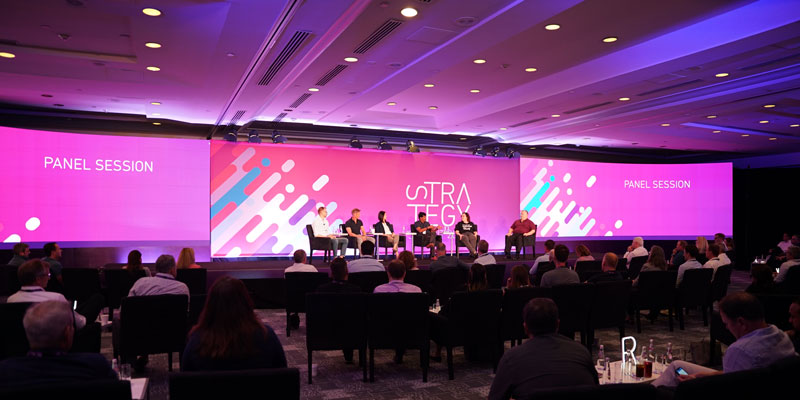A Thorough Comparison of Various Light Emitting Diode Video Wall Technologies and Their Applications
A Thorough Comparison of Various Light Emitting Diode Video Wall Technologies and Their Applications
Blog Article
Light Emitting Diode video walls have become more popular in various settings, including concerts, sports events, as well as corporate presentations. These large big screens consist of composed of many small Light Emitting Diode modules that function collectively to create a single unified visual. There are different kinds of LED video wall technologies on the market, each with its own features and advantages. Understanding these technologies technologies can help businesses and entities select the right option for their specific needs.
One common kind of Light Emitting Diode display screen technology is the directly viewed Light Emitting Diode. This solution utilizes individual Light Emitting Diode units that are placed closely in proximity to create a large screen. Directly viewed Light Emitting Diode walls are known for their elevated luminosity as well as lively colors, making them ideal for external events or brightly lit environments. They also have a wide sight perspective, allowing means that people can view the screen distinctly at different locations. This makes directly viewed Light Emitting Diode walls a favored option for stadiums and external festivals.
A different kind of LED video screen solution is the LED-backlit LCD. This solution merges traditional LCD screens with LED backlighting to enhance luminosity and color precision. LED illuminated Liquid Crystal Displays are commonly used in interior settings, such as shopping malls as well as meeting spaces. They provide excellent visual quality while are typically more cost-effective than directly viewed LED walls. Nonetheless, they may often function as well in bright environments, as the illumination can occasionally dull the colors.
Another third choice is the OLED video wall. Organic Light Emitting Diode solution offers exceptional contrast and color richness in relation to alternative types of screens. Each dot in an Organic Light Emitting Diode screen produces its individual light, allowing for true blacks and vibrant colors. Such makes OLED display screens especially appealing for applications that require premium images, including gallery galleries or luxury shopping outlets. Nonetheless, Organic Light Emitting Diode solution can be more expensive and may not be as bright as direct view LED walls, making it not appropriate for external applications.
In addition to these technologies, various also various uses for Light Emitting Diode display walls. They can be used for advertising, amusement, as well as data display. For example, companies often use Light Emitting Diode display walls for digital advertising to draw in customers and promote goods. Within amusement, they enhance the visual encounter at concerts and gatherings, offering dynamic backgrounds as well as captivating visuals. Within business settings, LED display walls can be utilized for demonstrations, visual conferencing, and educational programs, helping to communicate data through a visually appealing manner.
In conclusion, LED video walls are available in different technologies, every having its own advantages as well as uses. Direct view LED screens are great for outdoor check out the post right here applications, whereas LED-backlit LCDs are more appropriate for interior environments. Organic Light Emitting Diode video screens offer superior image clarity yet may come at a greater price. Understanding the differences differences can assist organizations to make knowledgeable decisions about the best type of LED display wall most satisfies their needs, whether it be for advertising, entertainment, and business use.